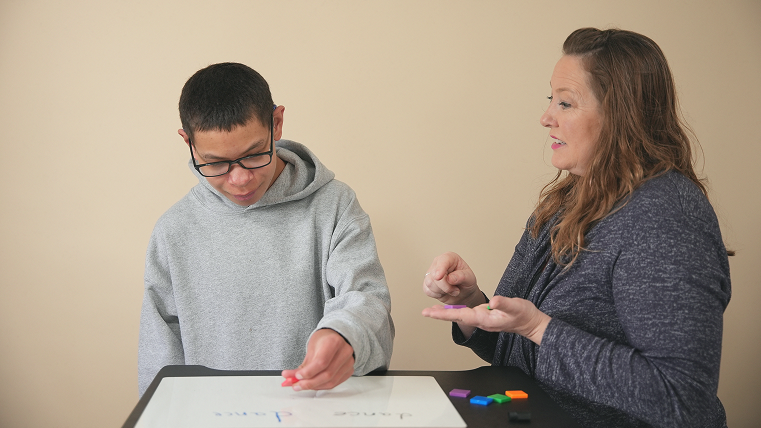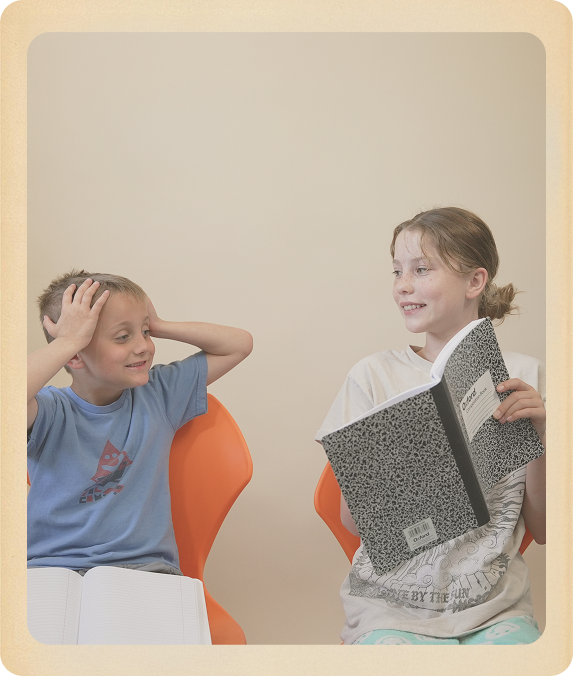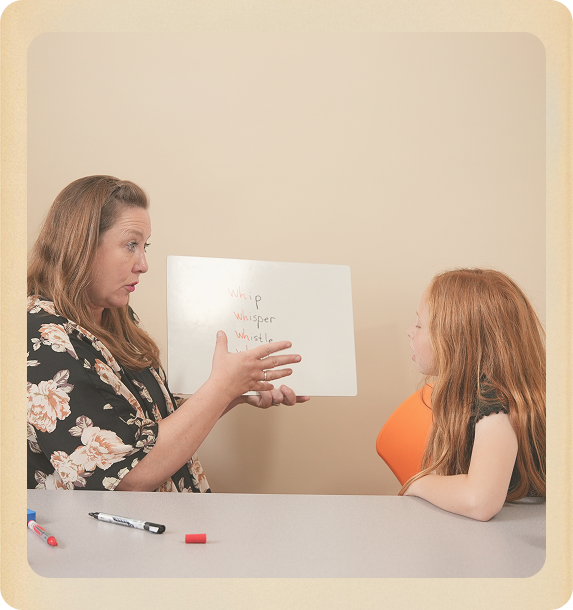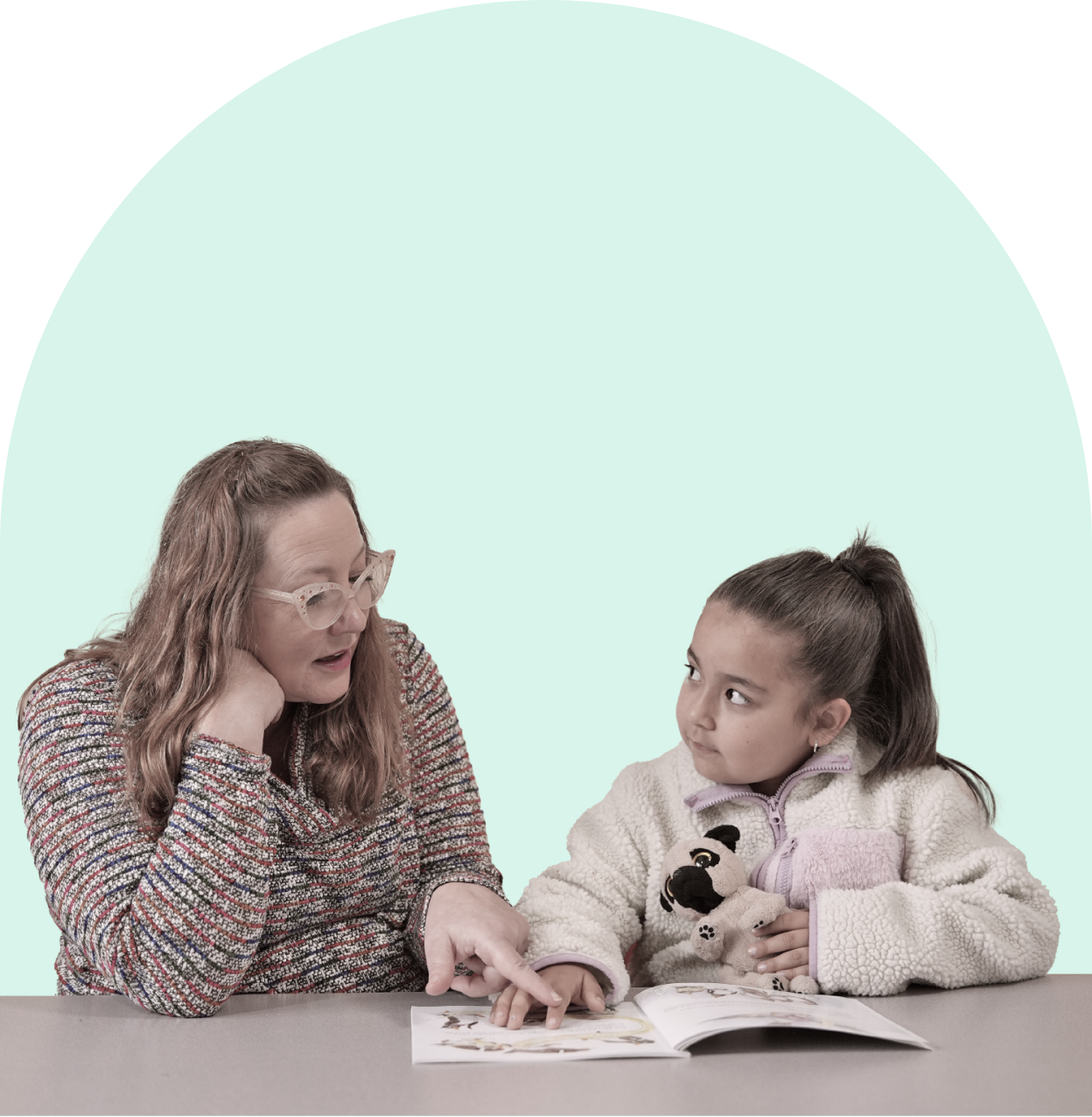One on One services
Literacy Intervention
Structured Literacy using Structured Word Inquiry and Orton Gillingham methodologies.
Private Sessions
(Available in person in Orcutt, CA or online)
One on One services
Literacy Intervention
Structured Literacy using Structured Word Inquiry and Orton Gillingham methodologies.
Private Sessions
(Available in person in Orcutt, CA or online)


Expert Literacy solutions
Literacy instruction engages learners of all ages and abilities by making sense of our surprisingly logical spelling system. English spelling can only be understood through scientific investigation of morphology (bases and affixes), etymology (historical influences) and phonology (grapheme – phoneme correspondences).
Morphological instruction brings literacy benefits to all learners but most important for individuals who are less able and younger students. The instruction of orthographic phonology explicitly targets grapheme phoneme correspondences.
Phonics fails to address the morphological and etymological grapheme choices which is central to the instruction of our English orthography. Literacy intervention teaches the child how words are built, what letters do in words, how we organize and structure language.
The intervention is evidence based, effective and prescriptive based on the child’s unique needs. Literacy intervention benefits all students but is particularly essential for individuals with learning disabilities such as dyslexia.
A dyslexic individual struggles with reading and spelling and may have difficulty simply memorizing spelling rules and patterns. Spelling is equally as important as reading. It is our intention that our clients learn to read and spell so they can choose a career based on their passions and gifts not be held back by their dyslexia.
We use a structured linguistic literacy methodology because English orthography is not purely phonetic. Literacy is taught using etymology (word origin), morphology (base elements, prefixes and suffixes) in addition to phonology. Purely phonics-based approaches may help a child to read but they are left not being able to spell which is only half literate.
Spelling equals meaning and we read for meaning. Phonics doesn’t explain grapheme choices and silent letters. Phonics can’t explain why cliff ends in <ff> but laugh ends in <ugh>. Or why deer has a <ee> but dear has a <ea>. Or why there is an <i> in friend or <o> in people.


Expert Literacy solutions
Literacy instruction engages learners of all ages and abilities by making sense of our surprisingly logical spelling system. English spelling can only be understood through scientific investigation of morphology (bases and affixes), etymology (historical influences) and phonology (grapheme – phoneme correspondences).
Morphological instruction brings literacy benefits to all learners but most important for individuals who are less able and younger students. The instruction of orthographic phonology explicitly targets grapheme phoneme correspondences.
Phonics fails to address the morphological and etymological grapheme choices which is central to the instruction of our English orthography. Literacy intervention teaches the child how words are built, what letters do in words, how we organize and structure language.
The intervention is evidence based, effective and prescriptive based on the child’s unique needs. Literacy intervention benefits all students but is particularly essential for individuals with learning disabilities such as dyslexia.

A dyslexic individual struggles with reading and spelling and may have difficulty simply memorizing spelling rules and patterns. Spelling is equally as important as reading. It is our intention that our clients learn to read and spell so they can choose a career based on their passions and gifts not be held back by their dyslexia.
We use a structured linguistic literacy methodology because English orthography is not purely phonetic. Literacy is taught using etymology (word origin), morphology (base elements, prefixes and suffixes) in addition to phonology. Purely phonics-based approaches may help a child to read but they are left not being able to spell which is only half literate.
Spelling equals meaning and we read for meaning. Phonics doesn’t explain grapheme choices and silent letters. Phonics can’t explain why cliff ends in <ff> but laugh ends in <ugh>. Or why deer has a <ee> but dear has a <ea>. Or why there is an <i> in friend or <o> in people.
Phonics says you must memorize these “sight” words. English orthography is well organized and beautiful when all 3 essential elements are addressed simultaneously with the student including etymology, morphology and phonology.
Literacy instruction requires explicit and rigorous instruction of orthographic phonology with the context of morphological and etymological constraints. Four questions are addressed during word studies which bring understanding to our English orthography. What is the sense and meaning of the word? How is the word constructed. Identify the bases and affixes.
What are the morphological and etymological relatives? How are the graphemes functioning in the word? We help make sense of our English orthography through meaning instead of memorization. Every word has a story, and it is these stories that anchor the meaning and spelling for a child as we dive into studying words and their families.

If you need help identifying your child’s unique needs, we offer private speech, language and educational evaluations which include Independent Education Evaluations which is paid by the public school district if approved. Go to Evaluations page.
Is your child literate which includes spelling? Does your child have a spelling goal on their IEP? If not, consider our Advocacy services!
If you have any other questions, please visit the contact page
For Coaching & Conferences, we provide personalized sessions to help you navigate your child’s learning journey effectively.

